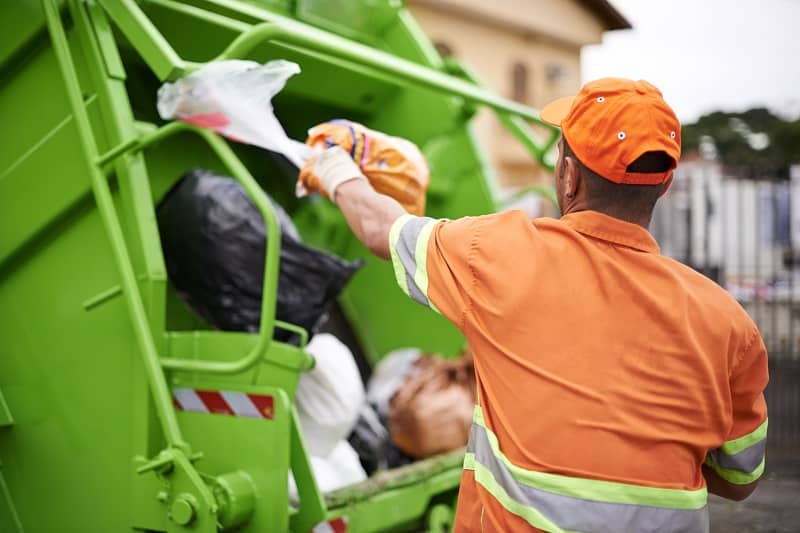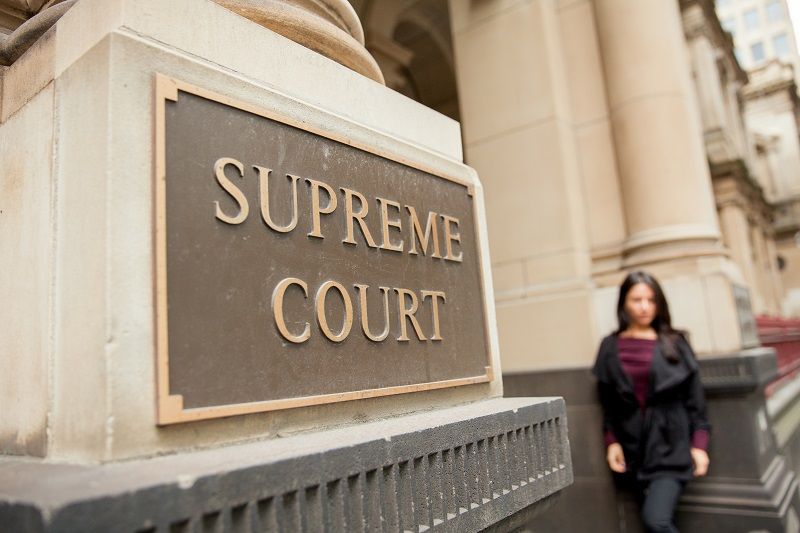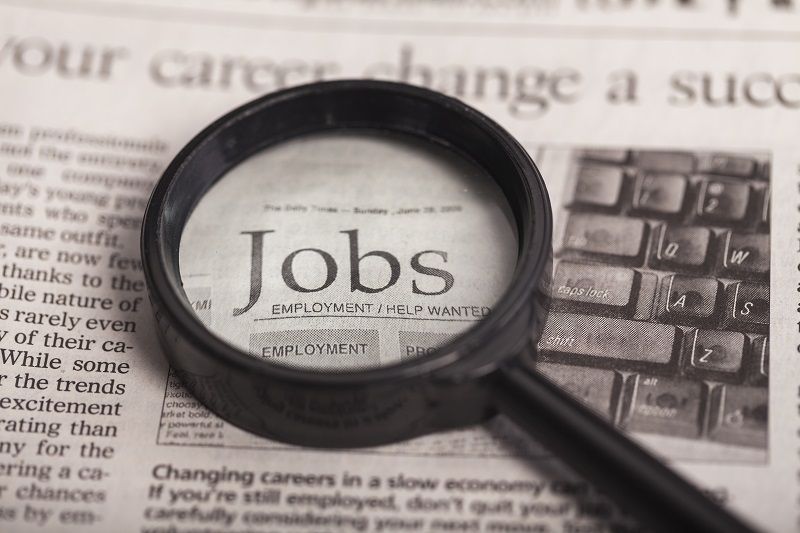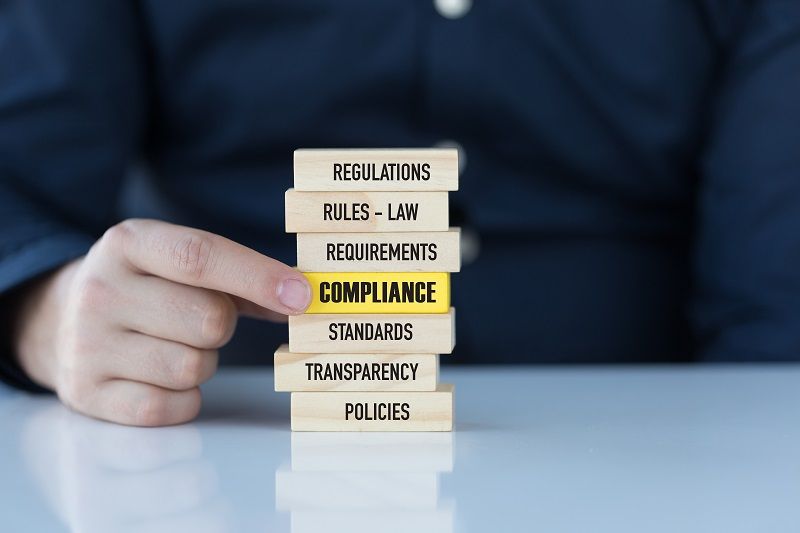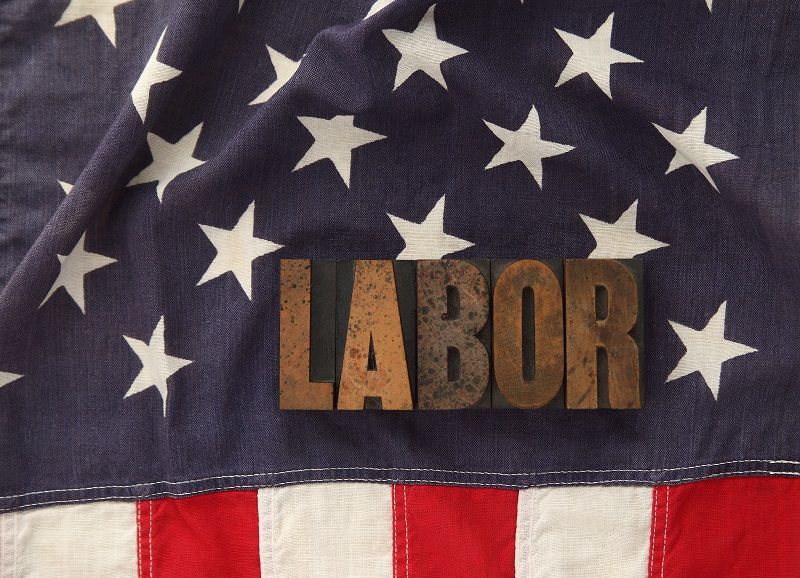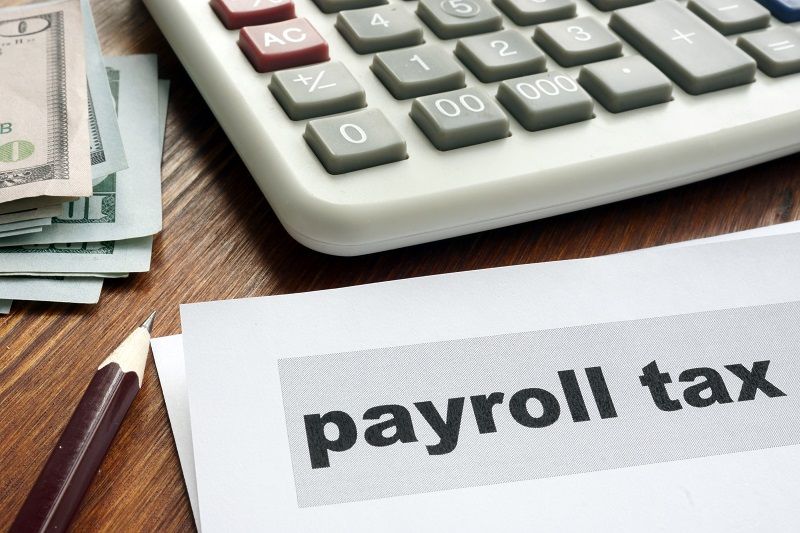By Nick Sibilla
New jobs are scarce. In June, Oregon’s unemployment rate rose to 9.4%. Many environmentalists claim the government should invest in “clean jobs” to address both the unemployment rate and their concerns about climate change. Unfortunately for them, clean jobs have a blackened record.
The Brookings Institution defines a “clean job” as a job that produces a good or service with some sort of environmental benefit attached to it. Brookings recently claimed there are almost three million clean jobs nationwide. Among U.S. states, Oregon had the second-highest proportion of clean jobs.
But many of these clean jobs are heavily subsidized by the government. Of the top ten cities with the highest share of clean jobs, six are state capitals. They include Albany, Harrisburg and Sacramento. While Brookings praises these cities, the report neglects a few inconvenient truths.
For example, Harrisburg, Pennsylvania is the fourth cleanest city in the Brookings report. But Harrisburg is on the verge of municipal bankruptcy. In 2010, the city’s debt burden topped $670 million, or $9,500 per resident. What led to this fiscal insolvency? A $300 million scheme to update its trash incinerator…and save 60 clean jobs.
Clean jobs have a dirty secret: They will not put Americans back to work.
Nick Sibilla is a research associate at Cascade Policy Institute, Oregon’s free market public policy research organization.
